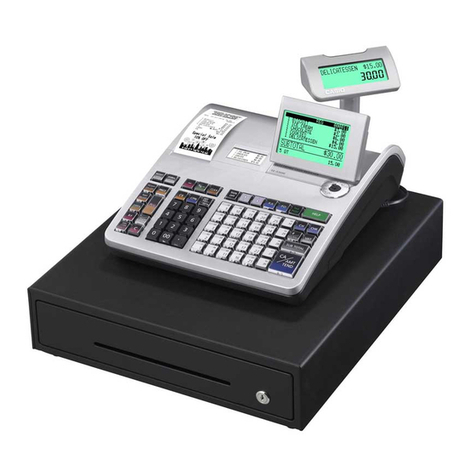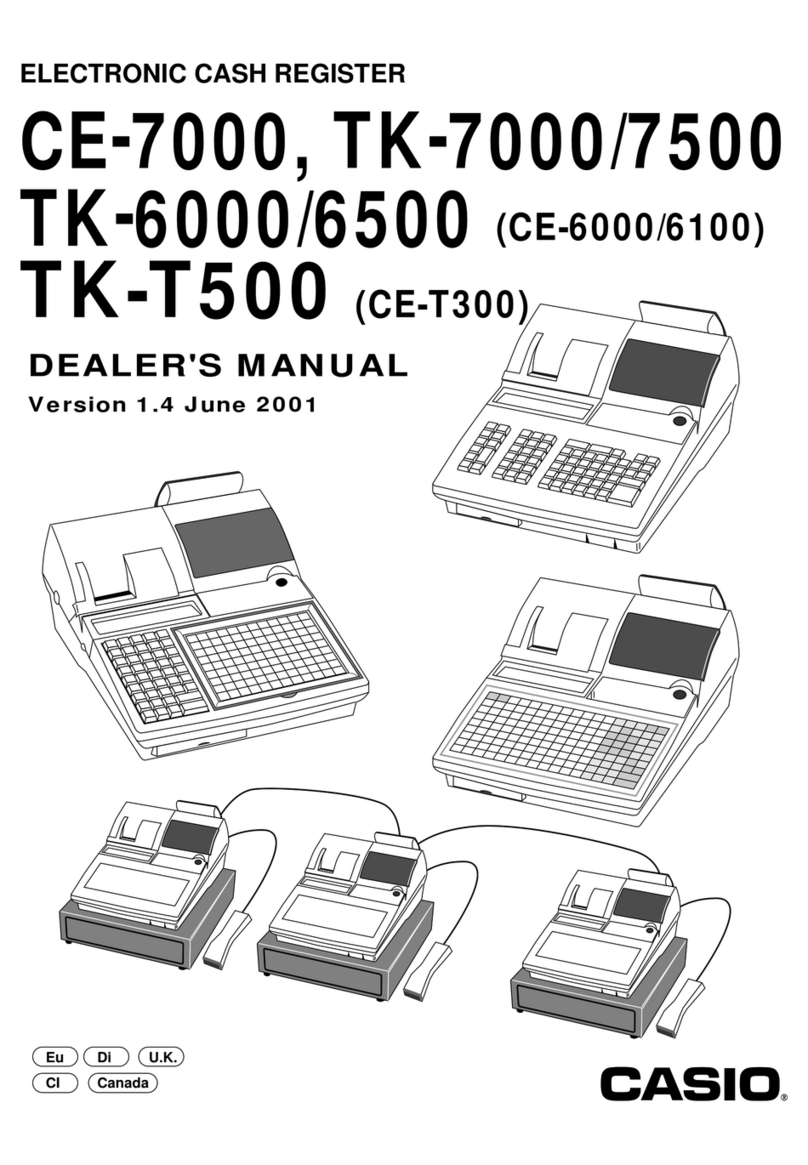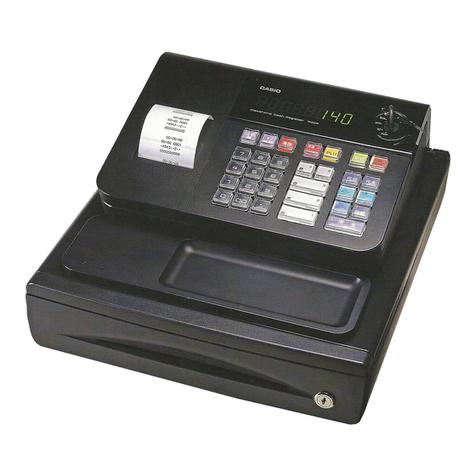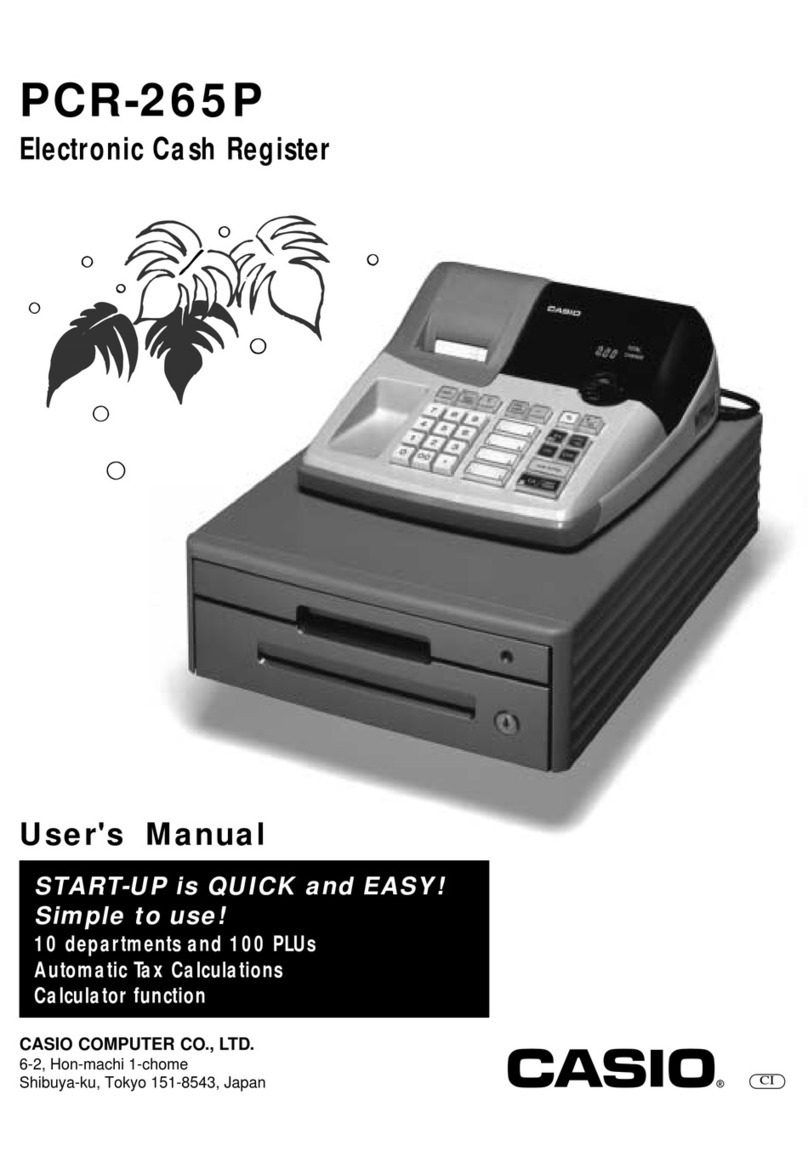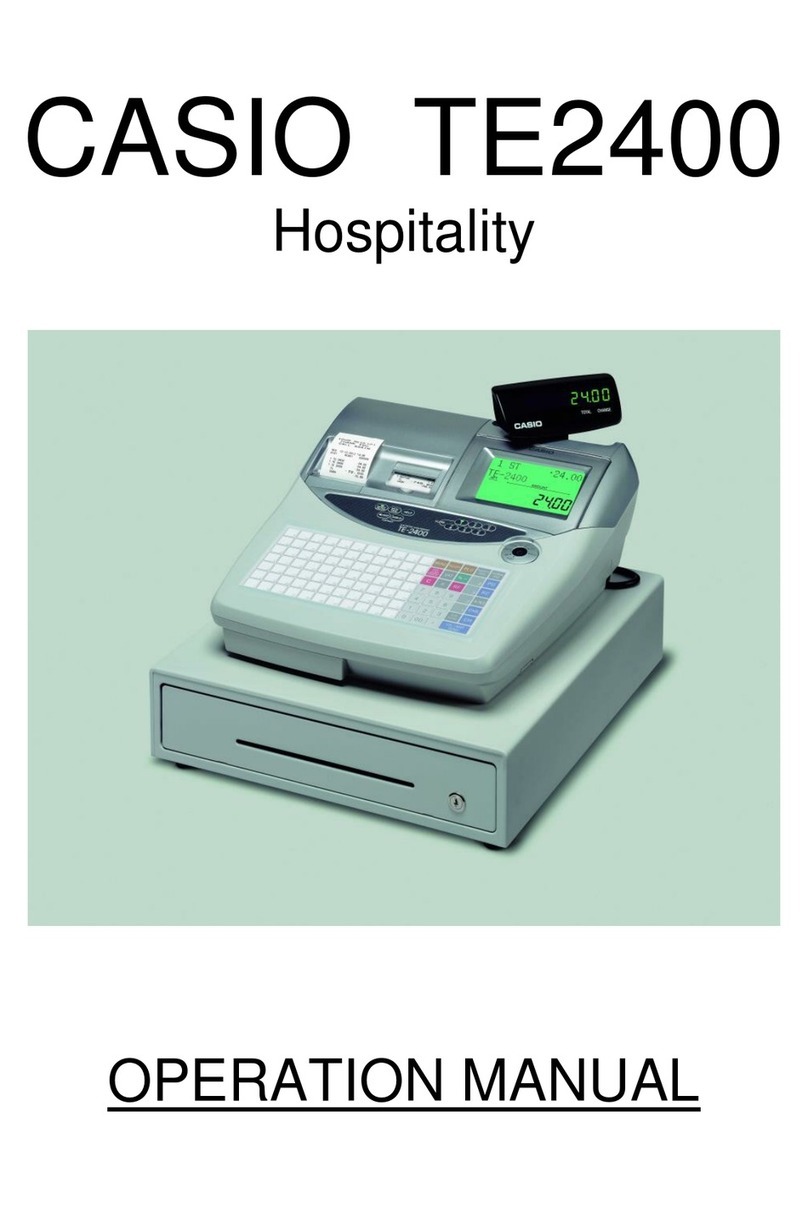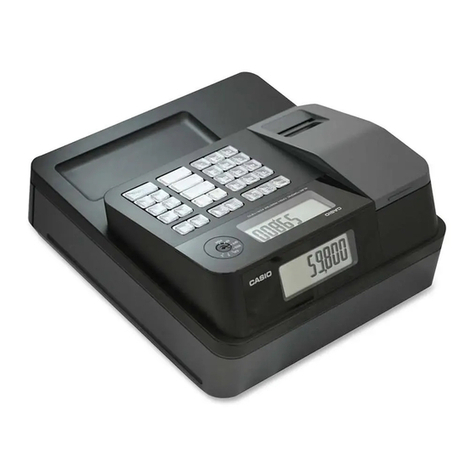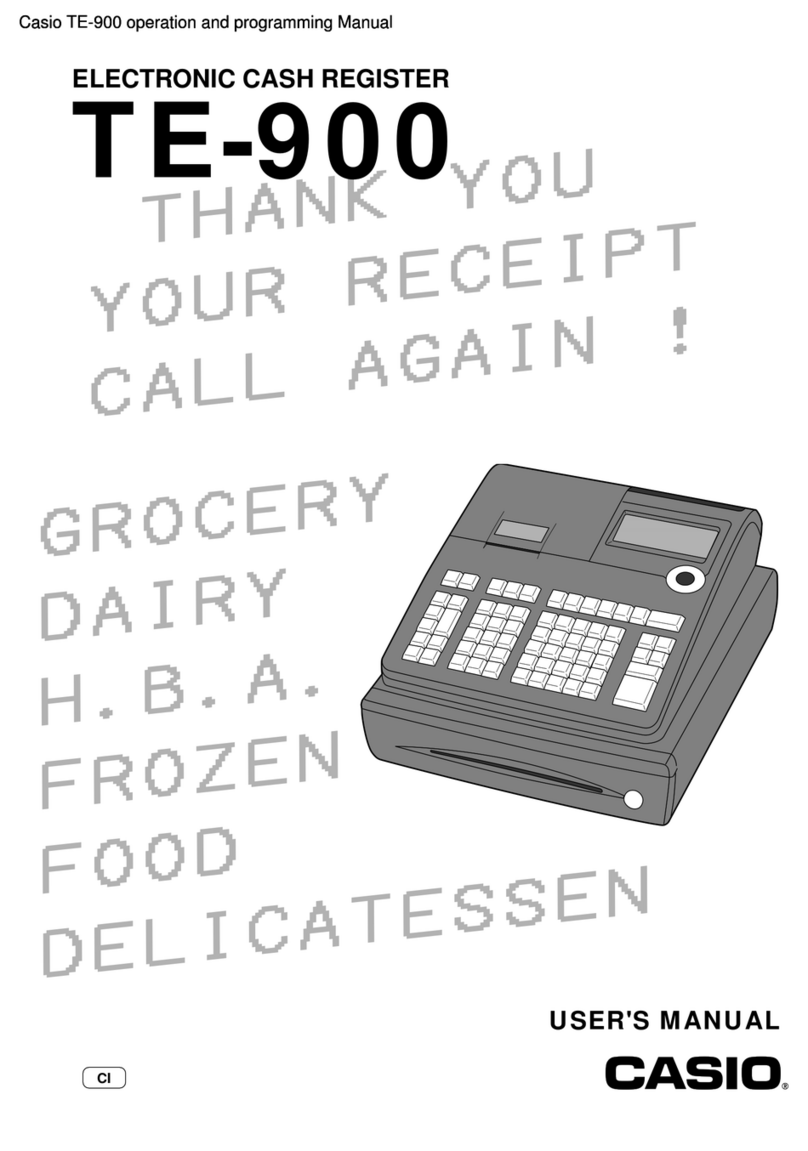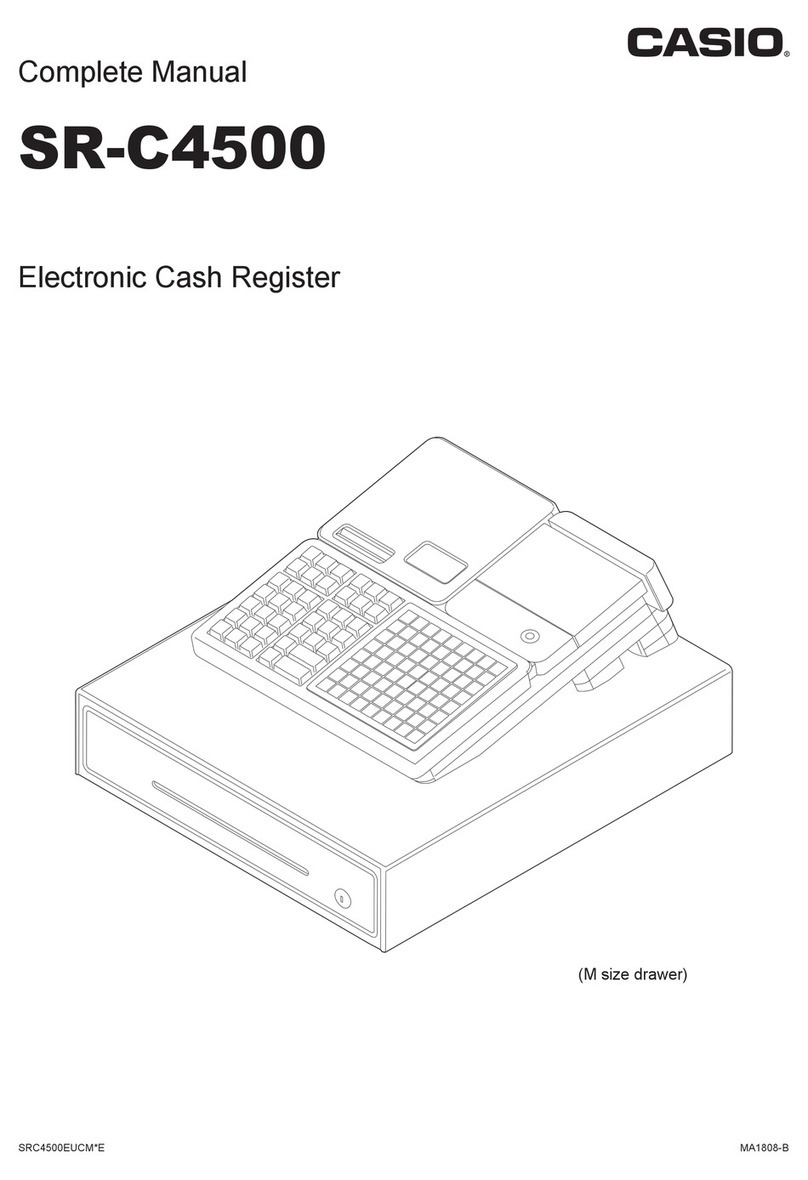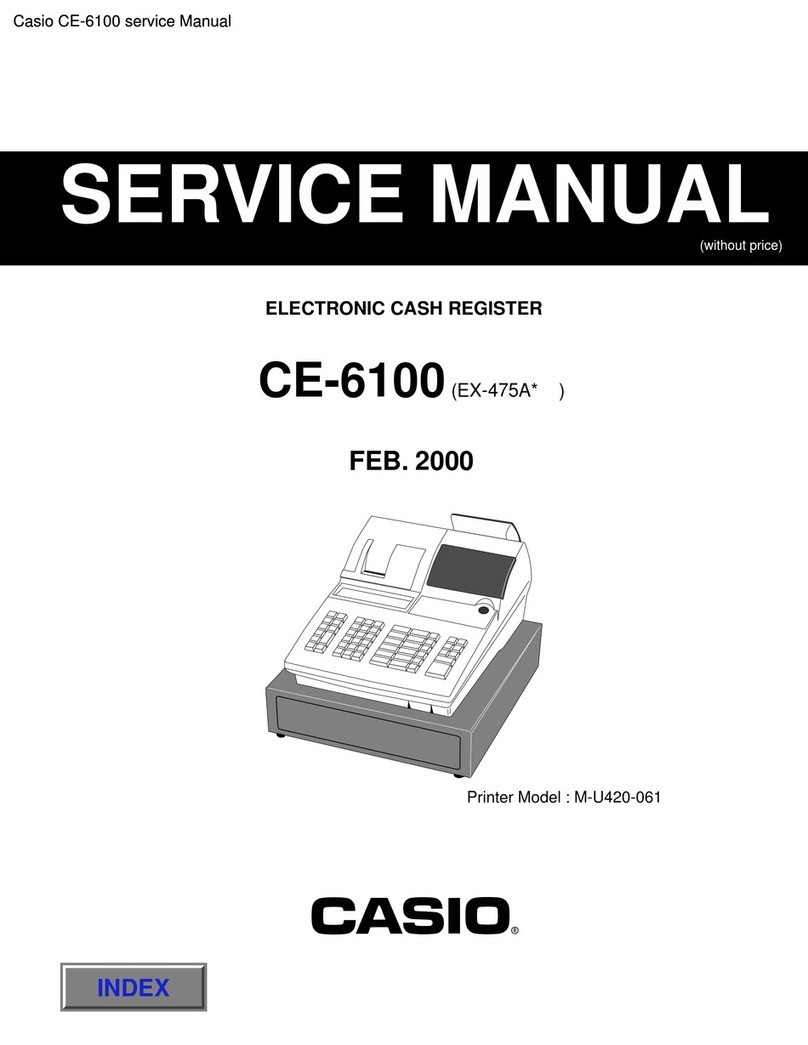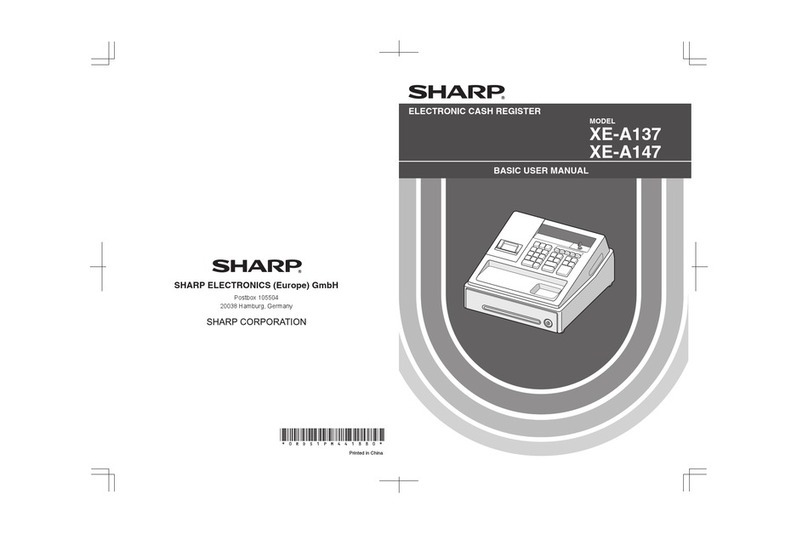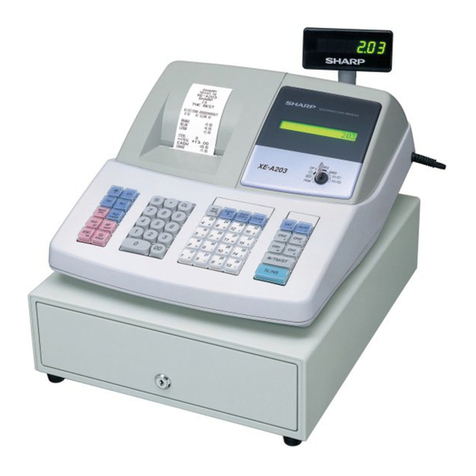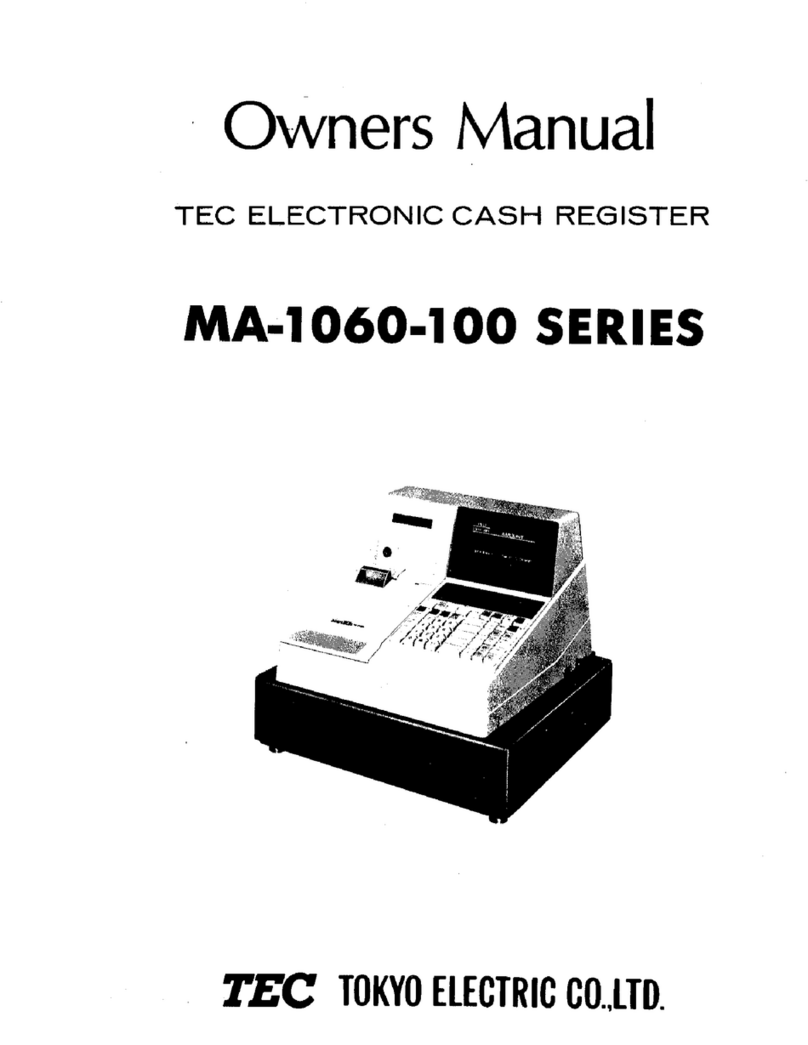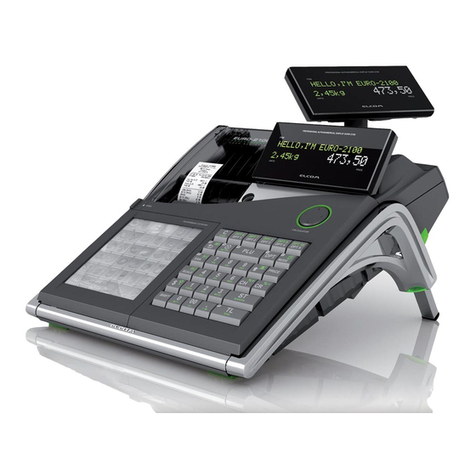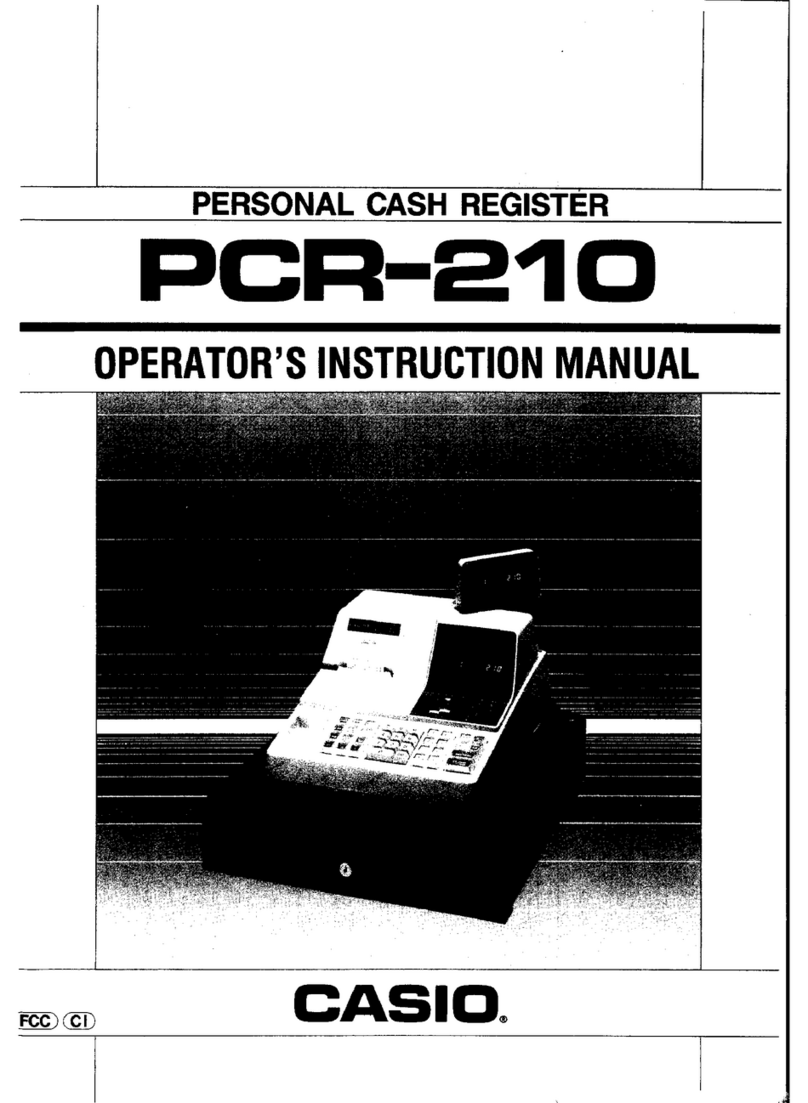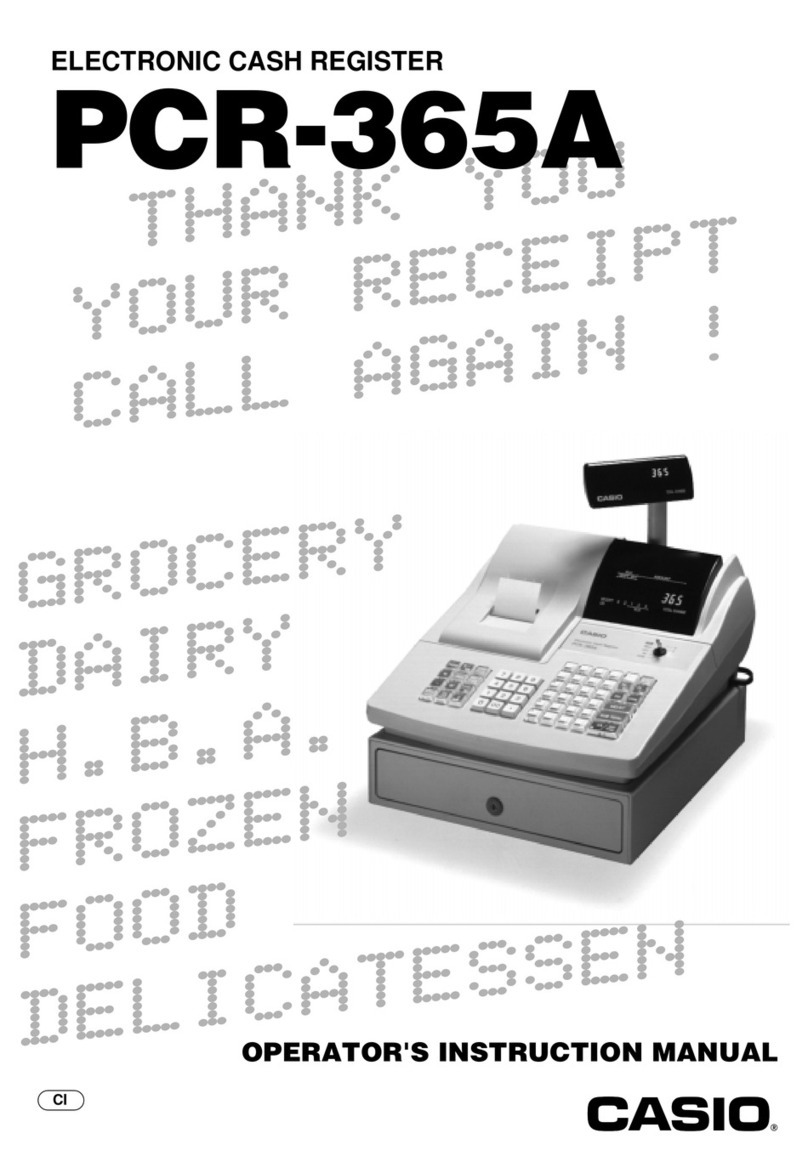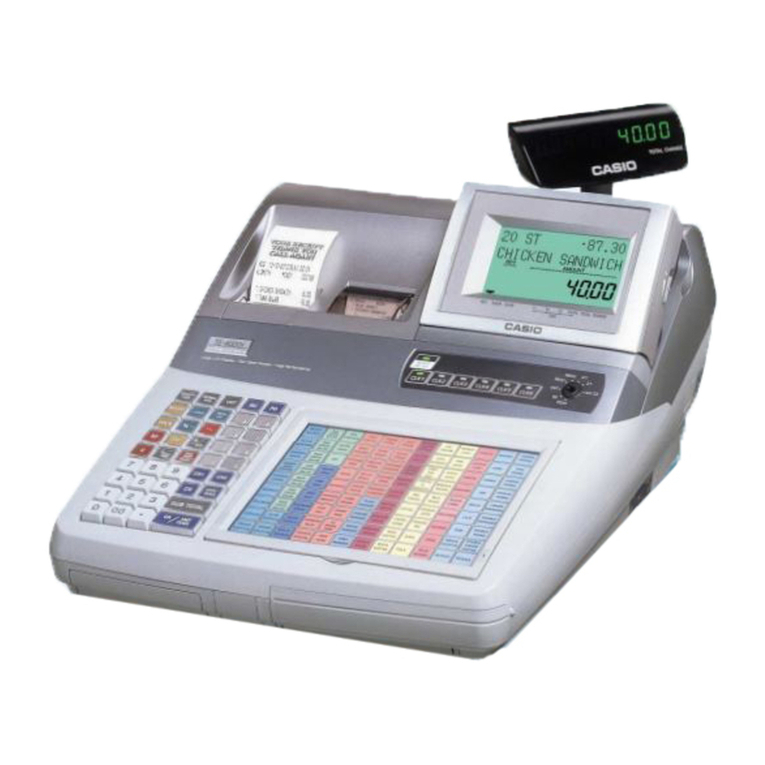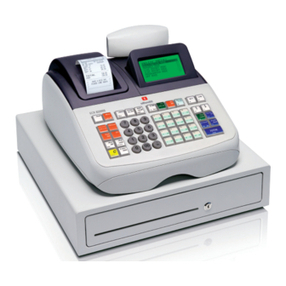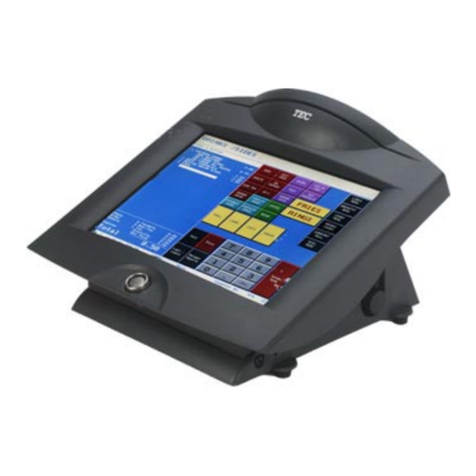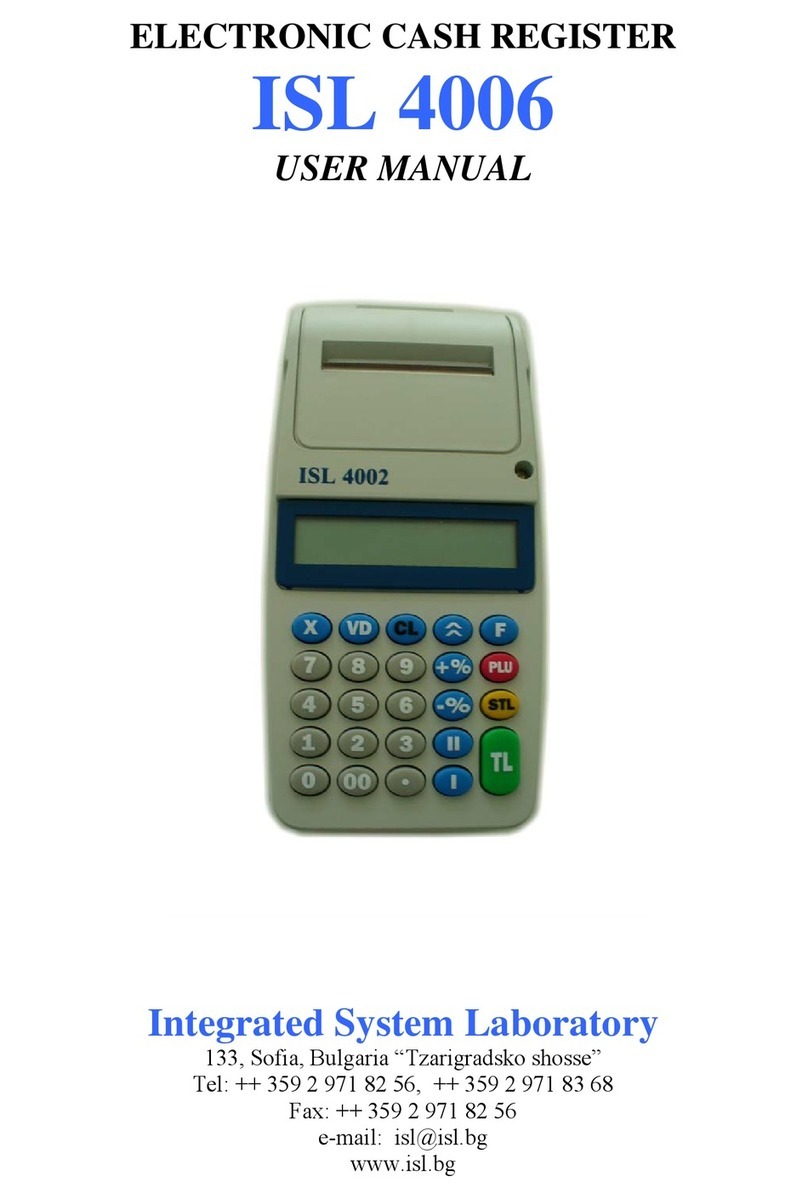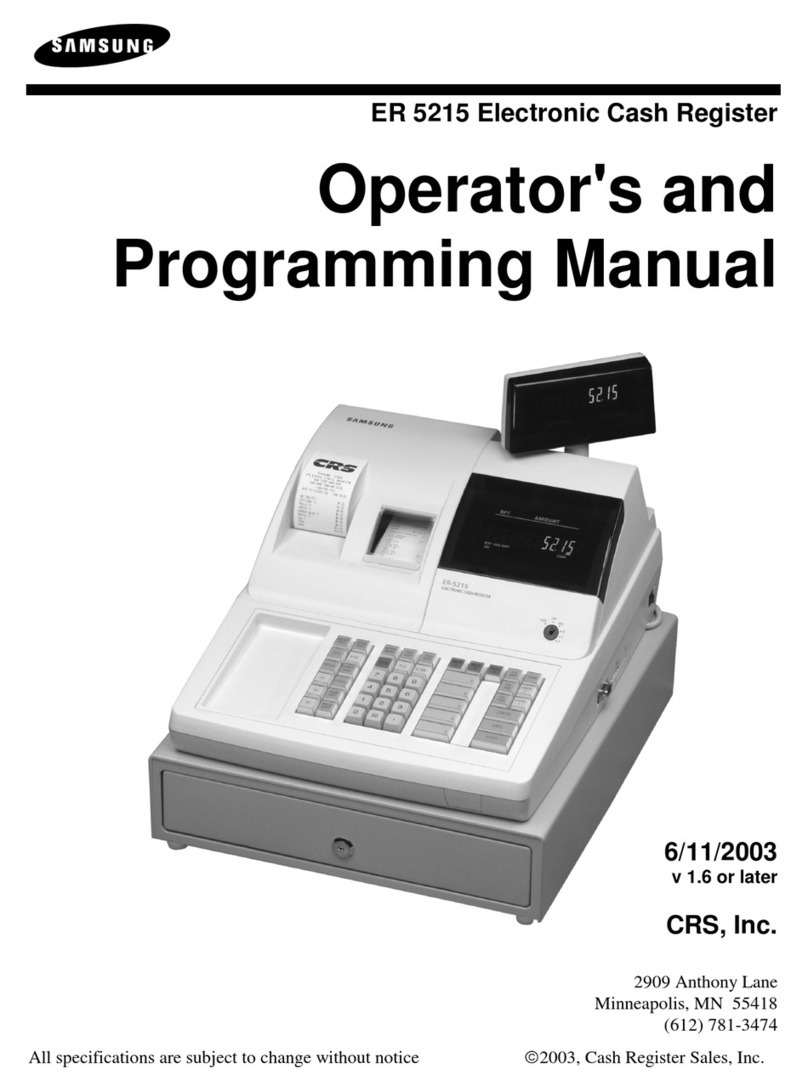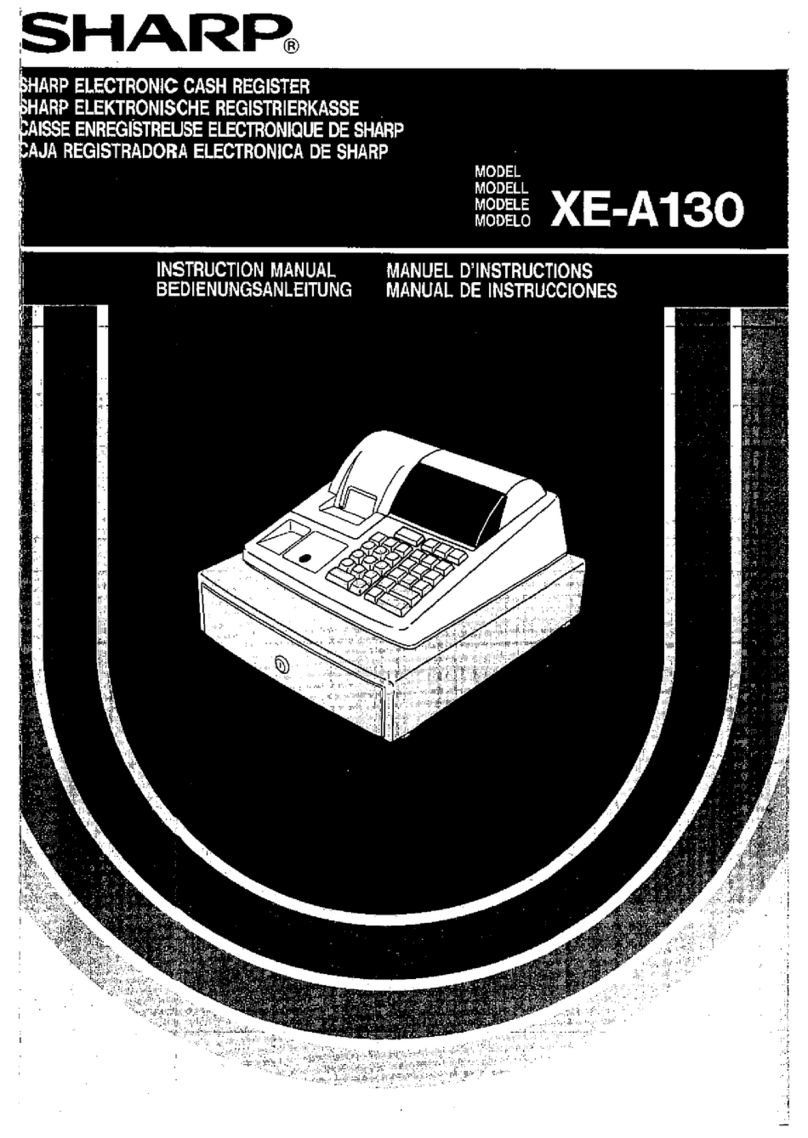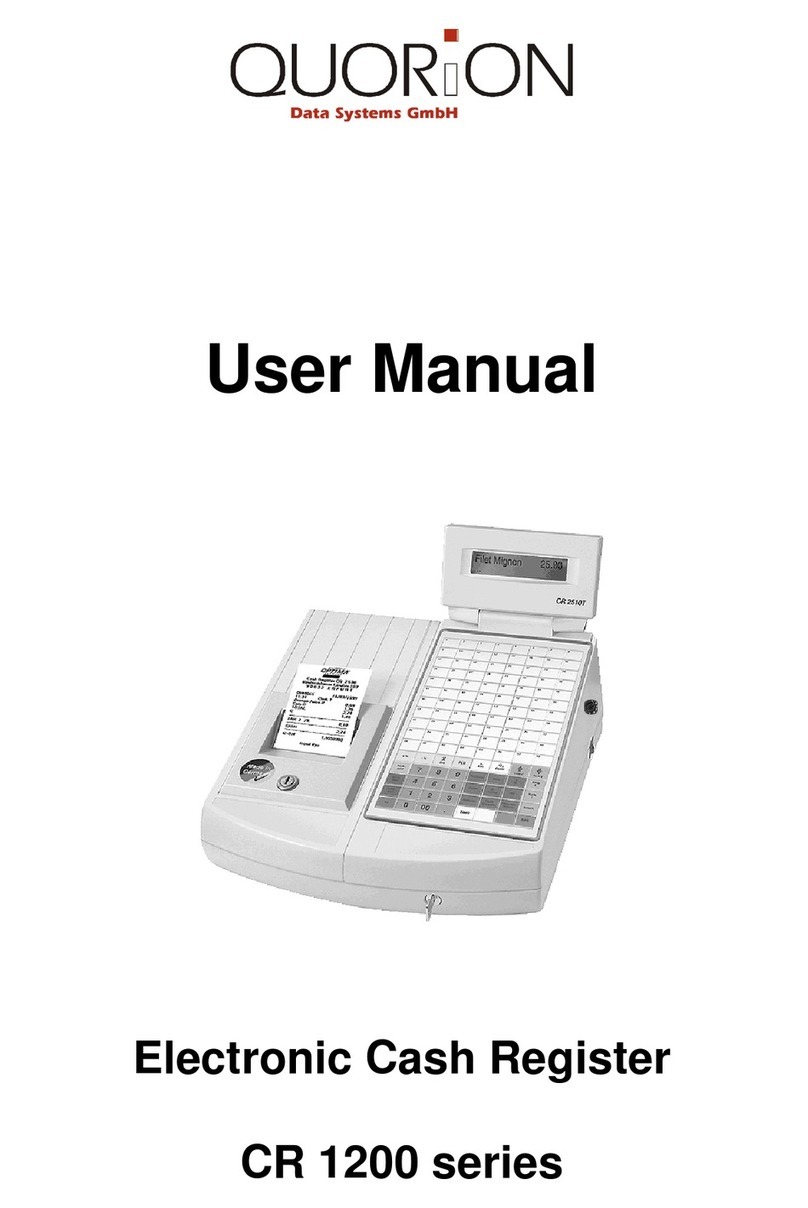
CONTENTS
1. Features ................................................................................................................... 1
2. Specifications
2-1. Electrical specifications ................................................................................. 1
2-2. Environmental specifications ........................................................................ 1
2-3. Principal components .................................................................................... 2
2-4. Option .............................................................................................................. 2
3. MAC (Memory All Clear) operation ........................................................................ 3
4. Diagnostic operation
4-1. How to start ..................................................................................................... 4
4-2. Mode switch and PAD status display check................................................. 4
4-3. Hard key code check ...................................................................................... 5
4-4. Hard check function
4-4-1. Display, RAM, drawer and printer check............................................ 5
4-4-2. Print test ............................................................................................... 6
4-4-3. Read/write test for EEPROM ............................................................... 6
4-4-4. Read test for EEPROM ........................................................................ 7
4-4-5. RAM read only check........................................................................... 7
4-4-6. Voltage check of memory back-up battery ........................................ 7
4-4-7. All characters print check ................................................................... 8
4-4-8. Display the time ................................................................................... 8
4-4-9. Country code write .............................................................................. 9
4-4-10.How to release the diagnostic mode ................................................. 9
5. Circuit explanation
5-1. Power supply circuit..................................................................................... 10
5-2. CPU (µPD78054GC)....................................................................................... 12
5-3. Mode key switch status read ....................................................................... 13
5-4. RAM address ................................................................................................. 14
5-5. Initialize IC (Reset IC) ................................................................................... 14
5-6. Data communication between CPU and EEPROM..................................... 15
5-7. Notice of display LEDs ................................................................................. 17
5-8. Display control circuit .................................................................................. 17
5-9. Printer drive circuit ....................................................................................... 18
5-10.IC data............................................................................................................ 18
5-11.Error code...................................................................................................... 20
6. How to open upper case....................................................................................... 21
7. Remove the drawer ............................................................................................... 22
8. Parts layout............................................................................................................ 23
9. Circuit diagrams .................................................................................................... 25
10. Parts list (200CR/PCR-360/PCR-365) ................................................................... 41
11. Parts list (240CR/PCR-460)................................................................................... 52
